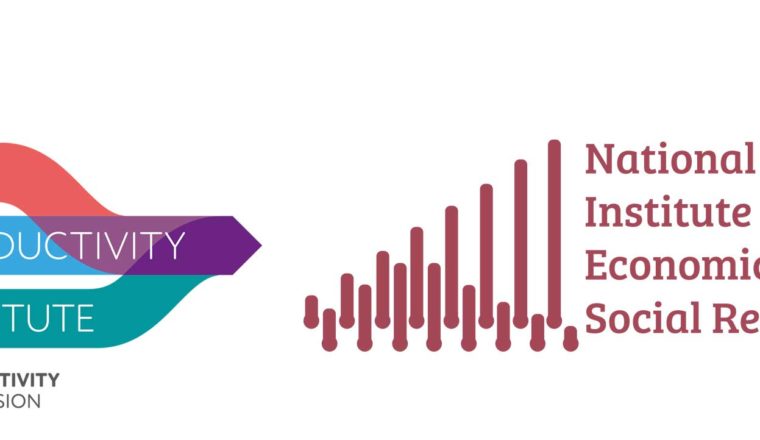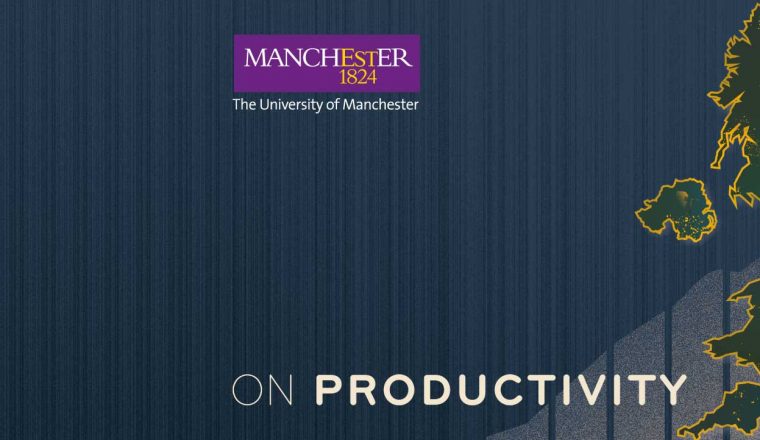Two hundred years on from their creation, what can Mechanics’ Institutes tell us about how to get the UK economy moving again?
Huw Spencer is a Research Assistant at Harvard University Kennedy School of Government and previously worked with the Greater Manchester Combined Authority on the #BeeWell program .
A story about chicken in the Manchester Mill reveals an interesting parable about the UK economy. Spicy chicken burgers have long been a hallmark of Greater Manchester takeaway cuisine, in part thanks to a specific curry sauce – credited to a legendary “Doctor” – that was invented at the Kansas Fried Chicken franchise in the 1990s.
Yet the spicy chicken burger scene only took off in earnest around 2010, following the death of the original spicy chicken doyen. His staff parted ways, opened up their own competitor chicken shops, the secret sauce spread and morphed and proliferated across the city. You can read the story yourself to learn about the remarkable trajectory of the sauce since then.
But what we should worry about is why it took so long to lift-off in the first place.
The UK has a diffusion problem
Ideas are not spreading between firms fast enough and many new technologies are becoming a luxury only afforded by the biggest players. This problem sadly extends far beyond chicken shops. The biggest fall-off in productivity growth between 1998-2007 and 2010-2019 was among firms with productivity levels between the 50th and 90th percentile. Lack of technology transfer means that our second-best firms are becoming second-rate. Poor management practices and low business investment combine to hold back technological adoption in the workforce.
Why does diffusion matter? It enables the benefits of innovation to spread throughout an economy. As with the secret sauce, spreading knowhow begets new ideas and enables productive news uses of technologies. Firms that adopt new digital technologies in-house have higher productivity than non-adopters.
Without technological diffusion, we get economic dualism. Top firms monopolise knowledge and technology and pull away from the rest of the economy. Less dynamism in the rest of the economy dampens productivity and goes some way to explaining stagnant wage growth. In the UK, this is compounded by the fact that even our superstar firms aren’t firing like they once did.
Lessons to learn
We could do worse than learn from our peers. In Japan, a network of 667 Kosetsushi centres provides testing and research facilities for industrial SMEs. In Germany, the Steinbeis Transfer Centres offer technological expertise, training and business support to firms facing barriers to innovation. In the U.S., Manufacturing Extension Partnerships work with more than 30,000 firms a year. A common thread across these examples is they are decentralised: locally embedded institutions responding to the needs of firms and passing on knowhow through trusted networks.
But we can learn from closer to home as well.
Two hundred years ago, the first Mechanics’ Institutes were founded in Glasgow, Edinburgh, and London, with the purpose of instructing working-class men in the scientific principles of the industrial revolution. By 1851, there were 700 institutes across the UK and Ireland, with membership standing at 120,000. One estimate suggests that between five and six thousand lectures were delivered at the institutes each year, with more than 18,000 (mostly male) attendees at evening classes.
The Institutes aimed to equip its members with the knowhow to thrive amid enormous technological change. At the first exhibition of the Manchester Mechanics’ Institute in 1837, attendees could examine 31 model steam engines, 12 models of public buildings, 19 timepieces and clocks, and 10,000 insects.
Communities in towns on the crest of the industrial revolution were grappling with many of the same questions we are facing today. In 1842, the papers read by the institute ranged from On Machinery, and the way in which it affects Wages, to On the pernicious effects of the existing Patent Laws, to Are Inebriating Beverages either necessary or useful to a person in good health?
Modern-day Mechanics’ Institutes
What would the mission of a Mechanics’ Institute look like if we rewired it for today? Much like their predecessors, the focus on hands-on learning of new skills would be crucial. The rise of ChatGPT has shown how quickly AI can uproot professional practices. Diane Coyle points out that productivity gains enabled through data or software are harder to realise because they rely so heavily on tacit knowledge – knowhow that is shared face-to-face among coworkers.
New Mechanics’ Institutes could fill this gap through a programme of lectures and workshops on technological innovations, from LLMs to cloud computing to advanced materials. Classes would be run locally to stay accountable to the community and local firms. Business support would not be prescribed by government but by the needs of employers and employees. A funding model partly based on membership fees would ensure Institutes added value to the bottom line of businesses.
As much as they might try to push out the technological frontier, a core purpose of New Mechanics’ Institutes would be to ensure that productivity benefits of technological change are felt throughout the workforce. They might work with retail workers to incorporate the Internet of Things into their inventory management system or carers to use scheduling apps that streamline paperwork and free up capacity for one-to-one care. By doing so, the Institutes would target the productive capacity of the economy, helping spur a supply of good jobs in low-wage sectors and enhancing productivity in our second-tier firms.
This purpose sets it apart from existing partners in the UK innovation ecosystem. Less focused on sparking innovation, like Catapult centres and ARIA, more focused on spreading it. Less capacity-constrained than FE colleges, more tech-savvy than Chambers of Commerce. And, with any luck, longer lasting than Local Enterprise Partnerships.
Finally, the New Mechanics’ Institutes would need flexible institutional frameworks. Because this is where it gets exciting. The most enduring impact of Mechanics’ Institutes in the UK were the new institutions they spawned in their wake.
The Leeds Mechanics’ Institute laid the foundations for the Leeds College of Art; the London Mechanics’ Institution became Birkbeck College; the Barnsley Mechanics’ Institute became Barnsley Mining College; the Manchester Mechanics’ Institute hosted the first meeting of the Trades Union Congress in 1868. They show the sorts of institutional innovations that result when you approach growth from the ground up.
Any attempt to describe now what a satisfactory institutional settlement should look like in 2040 is a fool’s errand. But what we absolutely need is the intermediary organisations that bring together people to share new ideas, discuss the pressing challenges of technological upheaval and provide a space for business, civil society, and the public sector to problem-solve outside of traditional lobbying circles.
What, then, do the UK’s next Mechanics Institutes look like? It still seems too early to say. But if we want the UK to act at the frontier of the next technological revolution, we need the institutions to do so.
Institutions that are independent of the policy churn of short-termist governments, but proactive in promoting the dissemination of ideas beyond the Golden Triangle of London, Cambridge, and Oxford.
That give a new voice for business but ask that they collaborate as well as compete. More sauce, fewer secrets. That work alongside innovation centres, nonprofits, universities, and FE colleges to generate a generation of new mechanics for the 21st century. We have puzzled over our productivity problem long enough. We need spaces for experimenting.




